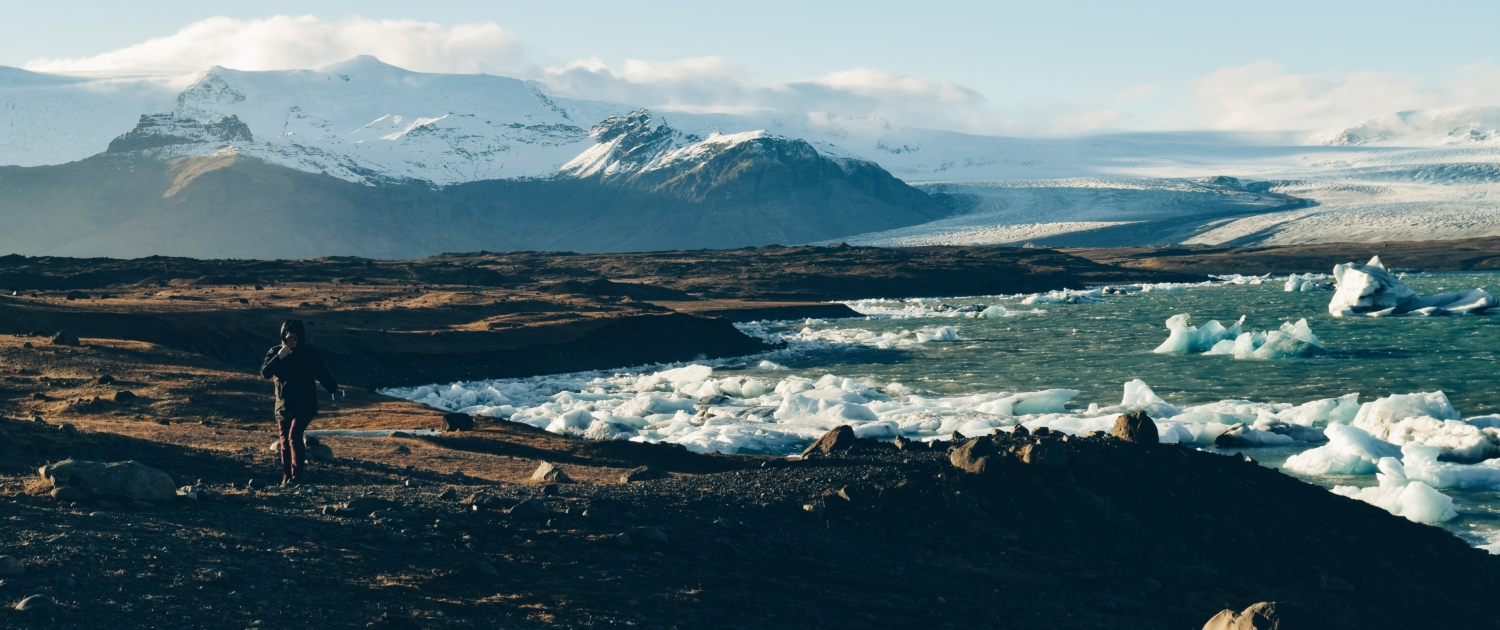Effects of Climate Change on Community Infrastructure
An increase in temperature translates into rising sea levels and less sea ice. These conditions can lead to an increase in extreme weather events, such as storm surges and higher wave energy. As sea levels rise and storm surges increase, coastal erosion also increases, decreasing the traditional territories of many Indigenous communities.
Indigenous coastal communities can be affected by coastal erosion. Loss of coastal areas may impact community activities such as recreation, fishing, economic development and transportation such as boating, including the implementation of Treaty and Indigenous inherent rights. The loss of cultural areas due to erosion can have an effect on the cultural connection to the land and spiritual identity of the community. Unique impacts of climate change on the protection of Treaty and Indigenous rights, directly related to the cultural use of lands and resources, may limit an Indigenous communities’ ability to apply and exercise the rights to protect and use their traditional territories. There are significant costs associated with re-engineering community flood protection such as dikes and levees and with rebuilding damaged community buildings or homes. In addition, the financial, social, and cultural costs associated with the relocation of a community are beyond what most Indigenous communities are capable of enduring. The loss of a homeland, the loss of cultural or ceremonial sites, the loss of their identity cannot be solved with an increase in funds. The issues associated with coastal flooding and loss of infrastructure may ultimately lead to a loss of cultural and social activities since these are often associated with relationships to the surrounding land.
Community infrastructure such as docks and wharves can be affected as well. Coastal Indigenous communities may suffer decreased economic activity if shipping is limited due to failures of docks and wharves. Beachfront losses may also affect the community in terms of tourism, real estate or even cultural areas. Climate change may also affect infrastructure in northern Indigenous communities that are located on permafrost. Some of these effects include slumping and increased incidences of landslides. The melting of permafrost can threaten older buildings, communal roads, transportation routes, water supplies and waste disposal structures in Indigenous communities (C-CIARN, 2006; ACIA, 2004). As permafrost melts, communities will become more susceptible to the impacts of a changing landscape and the cost of adapting and rebuilding community infrastructure can be more than the community can afford. Homes may be lost to melting permafrost as the incidences of landslides and sinkholes increase. Indigenous communities currently have limited access to resources; any impacts will increase pressures on the already insufficient infrastructure funding. In this circumstance, Indigenous communities do not have the capacity of non-Indigenous governments to access citizen-based taxation revenue for capital infrastructure monies.


